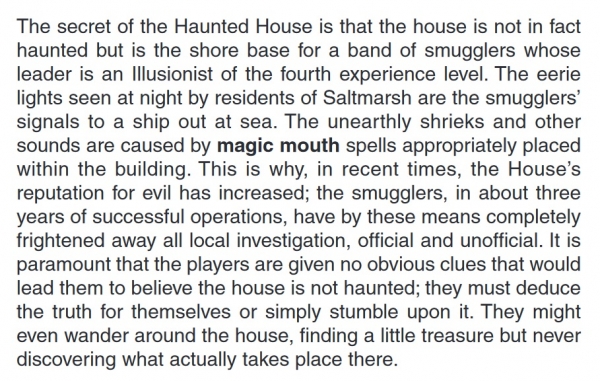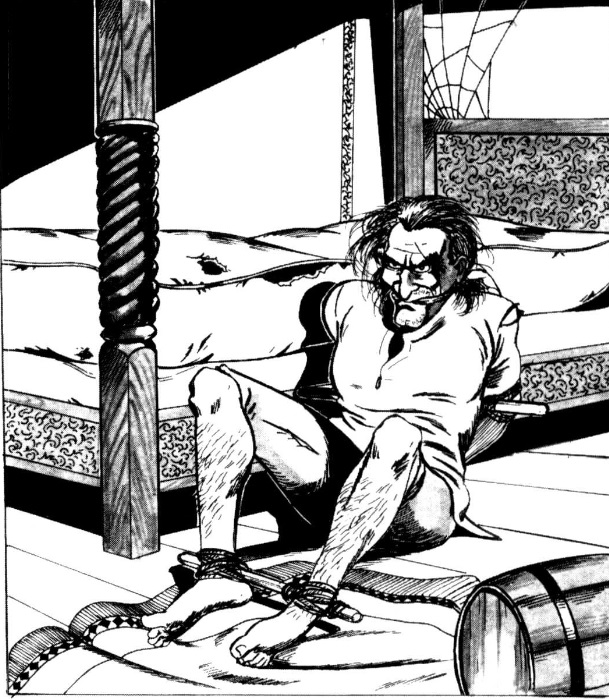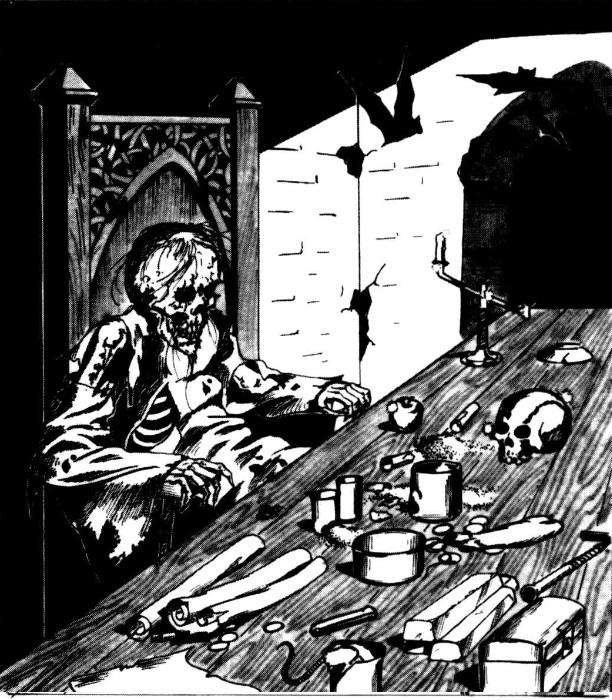D&D: 5 (Not So) Sinister Secrets To Saltmarsh’s Success

Here are five reasons that the Sinister Secret of Saltmarsh is one of the best D&D modules you’ve never played.
The Sinister Secret of Saltmarsh is one of the adventures featured in the upcoming D&D Book Ghosts of Saltmarsh. Like Tales from the Yawning Portal before it, Ghosts of Saltmarsh takes several classic D&D modules (this time around an aquatic theme) and updates and revitalizes them for 5th Edition. To celebrate it’s impending release, we’re looking back at some of them–and today we’re here to talk about why the Sinister Secret of Saltmarsh works so well.
Needless to say, there be Spoilers Ahead, so I’m going to go ahead and drop this Spoiler Warning right here. Stop reading if you want to head into the Saltmarsh series unprepared–and normally I don’t really care about spoilers–but this adventure is genuinely one of the best mystery modules out there. So it’s worth considering if there’s a chance you’ll play it.
Alright, still with me? Grab your trusty d20 and let’s dive in.
Locally Sourced Adventure Hooks
One of the standout things about the Sinister Secret of Saltmarsh is that it feels like a real place. You genuinely have a sense of the town, of the activities around it, of the goings on. The premise of the adventure feels like it’s one that would exist even if the PC’s weren’t around to follow the plot threads. This module does a ton of work and wants you to do it too. It actively promotes DMs taking ownership of the adventure.
All of this is left to the DM. With two exceptions, there aren’t specific guidelines for the town, there’s not a list of NPCs you can flip to. This module wants you to work for it (which is a theme you’ll see repeated throughout) and it makes it all the better. It wants the place to feel like a place you can just wander around in, which is what makes the whole adventure work in the first place.
It Really Was Old Man Jenkins All Along
Taking a page straight out of the Hana-Barbera handbook, it turns out that the haunted house is all just a few criminals in an elaborate mask, who would have gotten away with it if it weren’t for those meddling kids and their blink dog.
Handles Pacing Like A Dream
That said, the adventure is well-written and well-paced. It knows how to generate interest, and there’s a seven-step guideline to building tension, drawing out the party members, and leading them to action in a way that feels organic.
- The Party arrives, hearing that there’s adventure about
- They wander around the town, meet some NPCs
- DON’T let them hear about the Inn for a day or two
- Shop, meet NPCs, then in casual conversation (perhaps with the innkeeper) have the learn about the Haunted House
- Crazed/drunken local tells them about the Haunted HOuse (if appropriate)
- Once they decide to go–then everything swings into action, the Innkeeper, who should be friendly, introduces them to a Town Council member, possibly setting them up for rewards (but also giving the smugglers’ allies a chance to prep an ambush
- Head out to the Haunted House and make it a big to-do in town.
This has all the hallmarks of a great adventure beginning. And it again, places emphasis on what the players are setting out to do.
Storytelling Via Exploration
This is what really makes it sing. Saltmarsh presents its story for the players to discover. It doesn’t hold your hand, it wants you to work for it.
It does that by setting up villains with a very clear motivation–there are smugglers who have been running weapons to Lizardmen, the Lizardmen are possibly planning an attack on Saltmarsh. They hide their activities under the guise of a haunted house that once belonged to a powerful alchemist.
And everything about the adventure sites promote this idea. Whether it’s the fact that a merchant that works with the smugglers has cooked up a harebrained scheme to try and keep the players from learning the truth by planting an assassin prisoner in the upper floor of the mansion:
He’ll join the party and cause problems, possibly even attacking once the jig is up–but the DM is always instructed to not be obvious about it. The module wants its secrets.
Including a throwaway secret that the players might never realize–but the fact that this mansion was once home to an alchemist is right there for players to discover. Behind a barred door marked DANGER players will find a bunch of skeletons guarding a room with an alchemist, long dead, who has apparently figured out the Philosopher’s stone. Sitting on the table next to him are several objects that have been turned to solid gold–a secret that nobody has discovered, and nobody ever will unless the players stumble into it.
This moment gives them so much agency, so much weight.
For Every Action…
The other thing the module does really well is encourage the DM to think about how the enemies react. No less than three times the module addresses the DM directly, saying “consider how the enemies will react” they’re smart foes, they’re successful criminals. They know to run when the jig is up–they know to gang up on foes, and to set up ambushes if they’re alerted to the problems.
In the second half of the adventure, when the players are forced to board a smuggler’s ship–the same rules apply–and one ill-timed fight can trigger the entire ship to start joining in the fray. This module doesn’t pull its punches, and it shines because of it.








